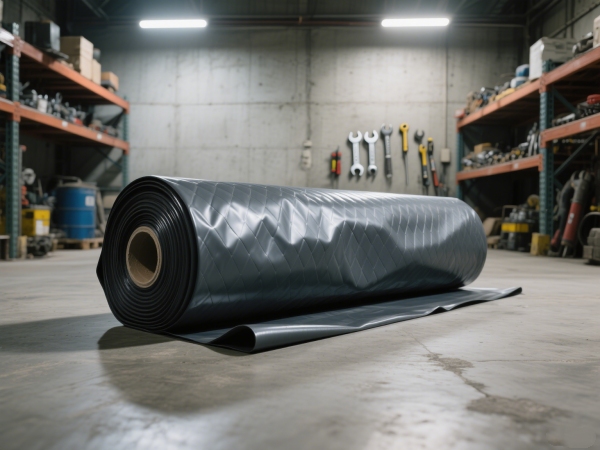When it comes to waterproof PVC fabric—such as that used in tarpaulins, tents, inflatable structures, or truck covers—the seam is just as important as the material itself. No matter how waterproof your PVC fabric is, a poorly made seam can lead to leaks, product failure, and costly repairs.
In this article, we’ll explore the key requirements that every waterproof PVC fabric seam should meet to ensure durability, weather resistance, and performance.

Complete Waterproof Integrity
The most fundamental requirement is, of course, zero leakage. A waterproof seam must fully block water, even under pressure or in harsh weather. This typically involves heat welding, high-frequency welding, or hot air sealing rather than traditional stitching, which can leave pinholes.
Best practice:
-
Use heat sealing to bond PVC layers into a single continuous surface
-
Avoid needle stitching unless combined with seam taping or sealing
Strong Mechanical Bonding
Seam strength matters just as much as waterproofing. The bonded area should be able to withstand mechanical stress, tension, or pulling—especially for products like tents or inflatables where pressure is constant.
Key performance metrics:
-
Tensile strength (N/5cm)
-
Peel resistance
-
Resistance to shear force
A well-executed welded seam often has strength equal to or greater than the base fabric itself.
Flexibility and Durability
PVC-coated fabrics are often used in applications that require flexing, folding, or rolling, such as roll-up doors or portable shelters. A good seam must remain flexible without cracking or delaminating over time.
Important features:
-
Cold crack resistance
-
UV and chemical resistance of seam adhesive or weld
-
Compatibility between fabric layers and welding technique
Consistency in Seam Width and Overlap
Uniformity is key to seam performance. A high-quality waterproof joint should maintain:
-
A consistent seam width (often 2–4 cm)
-
A sufficient overlap area between fabric layers
-
Even distribution of heat and pressure during welding
Inconsistent seams often result in weak points that are prone to water ingress or tearing.
Compatibility With Fabric Type and Coating
Not all PVC fabrics are created equal—some may have additional coatings or reinforcements that affect weldability. Seam performance depends on using the right welding method for the fabric type, including:
-
PVC-laminated vs. PVC-coated fabric
-
Reinforced vs. unreinforced substrates
Always follow the material manufacturer's guidelines for bonding.
In waterproof PVC products, the seam is the make-or-break point. By ensuring complete waterproof integrity, high bonding strength, flexibility, and process consistency, you can drastically improve the life and reliability of your product.
Whether you’re manufacturing PVC tarpaulin covers, inflatable boats, or waterproof tents, investing in proper seam design and technology is essential.






























